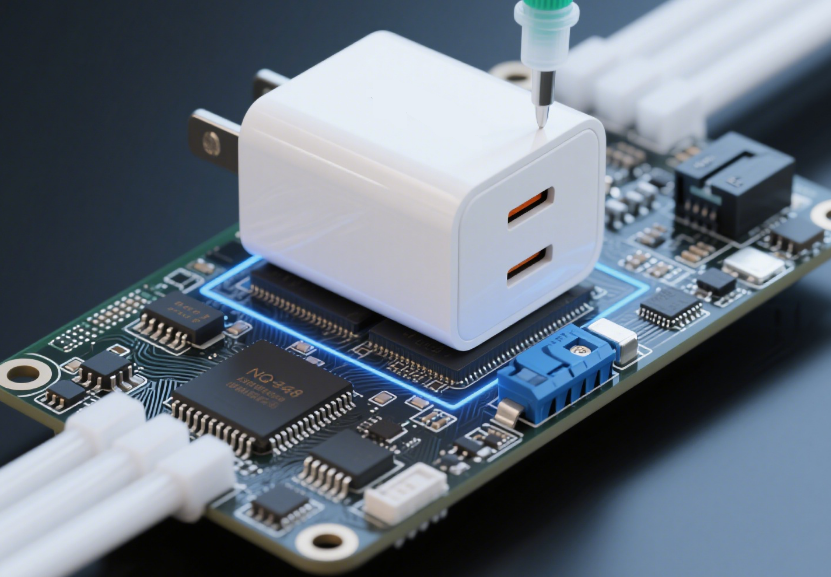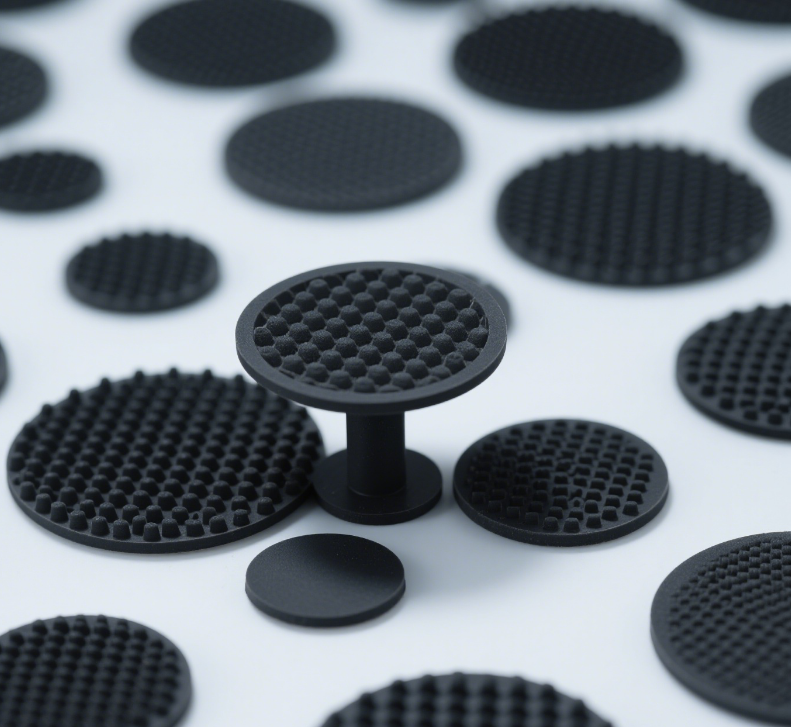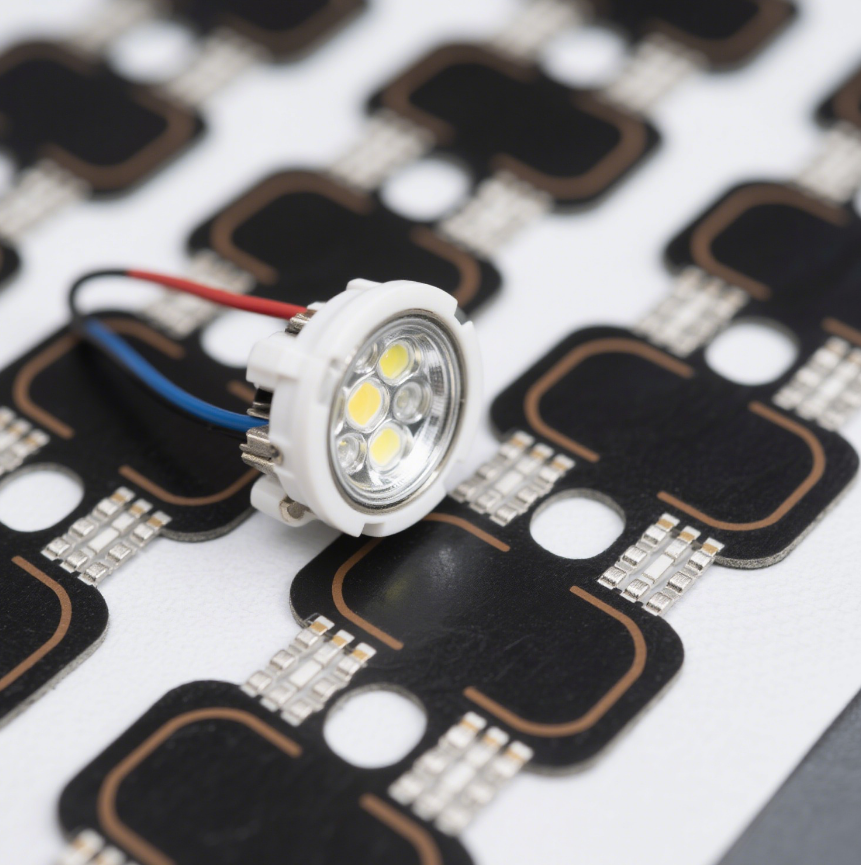Application Cases of Environmentally Friendly Thermal Conductive Silicone Pads
2025/06/13
0
Electronic Equipment Field: Server Heat Dissipation Optimization
In the server cluster of a large data center, core chips such as CPUs and GPUs generate substantial heat during long-term high-load operation. Traditional thermal conductive materials previously used not only had limited thermal conductivity but also posed environmental risks: the harmful substances they volatilized affected the air quality in the data center and did not align with the concept of building green data centers.
In the server cluster of a large data center, core chips such as CPUs and GPUs generate substantial heat during long-term high-load operation. Traditional thermal conductive materials previously used not only had limited thermal conductivity but also posed environmental risks: the harmful substances they volatilized affected the air quality in the data center and did not align with the concept of building green data centers.
After introducing the environmentally friendly thermal conductive silicone pad, the situation significantly improved. With a thermal conductivity of up to 5.0 W/m·K, this silicone pad quickly transfers heat generated by the chips to the heat sink. Its excellent flexibility allows it to closely fit the tiny gaps between the chip and the heat sink, effectively reducing thermal resistance. Meanwhile, the environmentally friendly thermal conductive silicone pad has passed multiple environmental certifications such as RoHS and REACH, containing no harmful heavy metals or volatile organic compounds. It not only ensures efficient heat dissipation but also creates a healthier and more environmentally friendly operating environment for the data center. Practical tests show that after using the environmentally friendly thermal conductive silicone pad, the average temperature of server chips decreased by 8°C, system stability was significantly enhanced, and hardware failure rates dropped markedly.
Automotive Industry: Thermal Management of New Energy Vehicle Batteries
The battery system of new energy vehicles is extremely sensitive to temperature. Excessive or too low temperatures will affect the battery’s performance, lifespan, and safety. Between the battery module and the heat dissipation structure, the environmentally friendly thermal conductive silicone pad plays a crucial role.
The battery system of new energy vehicles is extremely sensitive to temperature. Excessive or too low temperatures will affect the battery’s performance, lifespan, and safety. Between the battery module and the heat dissipation structure, the environmentally friendly thermal conductive silicone pad plays a crucial role.
Take a certain brand of electric vehicle as an example: its battery pack uses an environmentally friendly thermal conductive silicone pad with low density and excellent thermal conductivity. With a thermal conductivity of 3.5 W/m·K, this silicone pad efficiently conducts heat generated during battery charging and discharging to the liquid-cooled plate, which is then carried away by the coolant circulation. Moreover, the silicone pad has good high and low-temperature resistance, capable of stable operation in extreme temperature environments ranging from -40°C to 150°C, adapting to the vehicle’s use scenarios in different climatic conditions. Due to its environmentally friendly formula, it does not release harmful substances to pollute the battery interior in the complex chemical environment of the battery pack, ensuring the long-term reliability of the battery system. Vehicle-wide tests show that the battery pack equipped with this environmentally friendly thermal conductive silicone pad can maintain the battery temperature within an appropriate range under high-temperature fast-charging conditions, extending the battery life by approximately 15% and improving the overall performance and cost-effectiveness of new energy vehicles.
LED Lighting Industry: Enhancing Lamp Life and Light Efficiency
When LED lamps are in operation, LED chips generate significant heat. If not dissipated in a timely manner, it will cause the chip temperature to rise, accelerate light decay, shorten the lamp’s service life, and reduce lighting effects.
When LED lamps are in operation, LED chips generate significant heat. If not dissipated in a timely manner, it will cause the chip temperature to rise, accelerate light decay, shorten the lamp’s service life, and reduce lighting effects.
A new type of LED street lamp uses an environmentally friendly thermal conductive silicone pad as the thermal conductive medium between the chip and the heat sink. This silicone pad not only has a thermal conductivity of 2.0 W/m·K to effectively transfer chip heat to the heat sink but also features excellent weather resistance and insulation. In complex outdoor environments, after long-term exposure to ultraviolet radiation, alternating high and low temperatures, and humid air erosion, it still maintains stable thermal conductivity and physical properties. Its environmental friendliness ensures that when the lamp is discarded, it will not pollute the soil and water sources, conforming to the development direction of green lighting products. Practical applications have shown that the luminous flux maintenance rate of LED street lamps using this environmentally friendly thermal conductive silicone pad remains as high as over 95% after 5,000 hours. Compared with lamps not using this material, their service life is extended by approximately 20%, providing a more efficient, durable, and environmentally friendly solution for urban lighting.



















